Argentina has several UNESCO World Heritage Sites that showcase the country’s cultural, historical, and natural diversity. It’s important to note that new sites may have been added or changes may have occurred since then. Here is a comprehensive list of UNESCO World Heritage Sites in Argentina, along with brief explanations of their significance:
Jesuit Block and Estancias of Córdoba (2000)
The Jesuit Block in Córdoba, consisting of several buildings and estancias (rural estates), is a testament to the Jesuit missions in the region during the 17th and 18th centuries. The site represents the fusion of European and indigenous cultural influences and includes churches, residences, and agricultural facilities.
Los Glaciares National Park (1981)
Located in the Andes in the southern part of Argentina, Los Glaciares National Park is renowned for its stunning glacial landscapes. The park contains the famous Perito Moreno Glacier and numerous other glaciers, providing a unique opportunity to witness glacial processes and a diverse range of wildlife.
Iguazu National Park (1984)
Iguazu National Park, located in the northeast of Argentina, is home to the spectacular Iguazu Falls. The falls, surrounded by lush tropical rainforest, are one of the world’s most impressive natural wonders, showcasing the power and beauty of nature.
Cueva de las Manos, Río Pinturas (1999)
The Cave of Hands, situated in the Patagonian region, features ancient rock art created by indigenous peoples between 13,000 and 9,500 years ago. The handprints and paintings depict aspects of daily life and hold cultural and archaeological significance.
Península Valdés (1999)
Península Valdés, located on the Atlantic coast, is a unique marine ecosystem that serves as a crucial habitat for various species, including whales, seals, and sea lions. The site is recognized for its biodiversity and as a breeding ground for endangered species.
Ischigualasto / Talampaya Natural Parks (2000, 2001)
These two natural parks, Ischigualasto and Talampaya, are known for their important paleontological and archaeological findings. The parks contain fossil records that provide insights into the evolution of life during the Triassic period.
Jesuit Missions of the Guaranis: San Ignacio Mini, Santa Ana, Nuestra Señora de Loreto, and Santa María Mayor (Argentina), Ruins of Sao Miguel das Missoes (Brazil) (1983, 1984)
This transnational site includes Jesuit missions in Argentina (San Ignacio Mini, Santa Ana, Nuestra Señora de Loreto, and Santa María Mayor) and the Ruins of Sao Miguel das Missoes in Brazil. The missions were established in the 17th and 18th centuries and reflect the Jesuits’ efforts in cultural and religious integration with the Guaraní people.
Qhapaq Ñan, Andean Road System (2014)
Qhapaq Ñan, also known as the Andean Road System, is a network of ancient roads that spanned several South American countries, including Argentina. The system was crucial for communication, trade, and cultural exchange within the Inca Empire.
Tehuelche Caves Provincial Reserve (2019)
The Tehuelche Caves, located in the province of Santa Cruz, feature significant paleontological and archaeological sites. The caves contain evidence of early human occupation and interactions with the natural environment.
Conclusion:
Argentina’s UNESCO World Heritage Sites represent a diverse array of natural wonders, cultural heritage, and historical significance. These sites contribute to the global understanding of human history, environmental processes, and the importance of conservation. Additionally, UNESCO designations often play a crucial role in promoting sustainable tourism and fostering awareness about the need to preserve these exceptional places for future generations.
More information and reviews:
.- Official page Argentina: UNESCO World Heritage Sites Link here.
.- wikipedia.org -Argentina: UNESCO World Heritage Sites Link here.
.- Youtube.com – Argentina: UNESCO World Heritage Sites Link here.
.- Feature Imagen by Canva Link here.


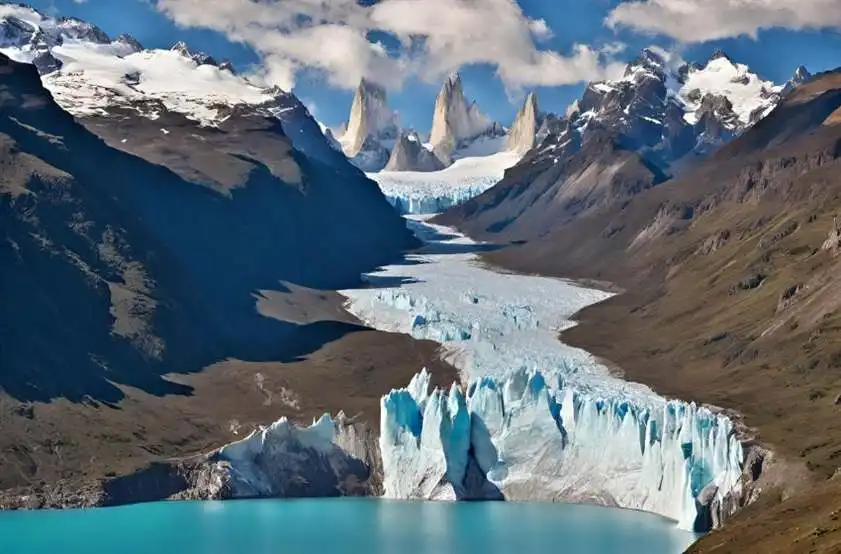










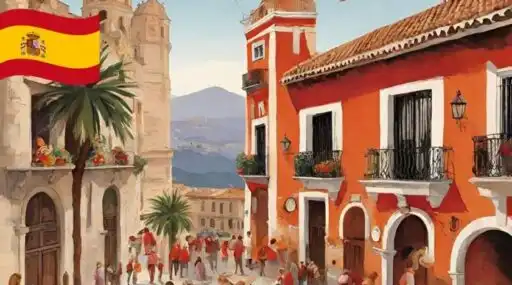

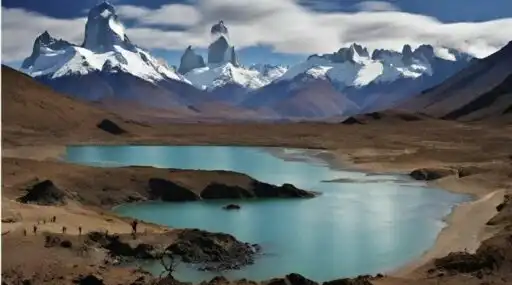


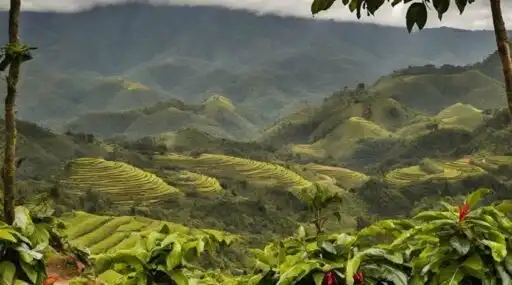

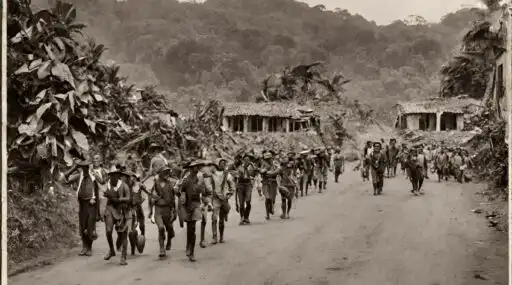







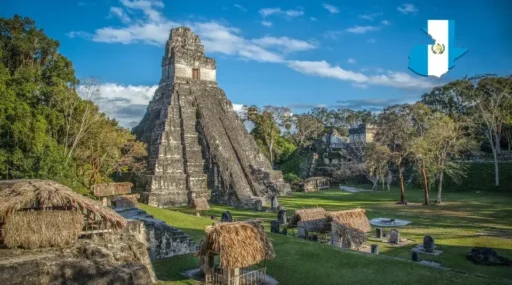




Leave a Reply